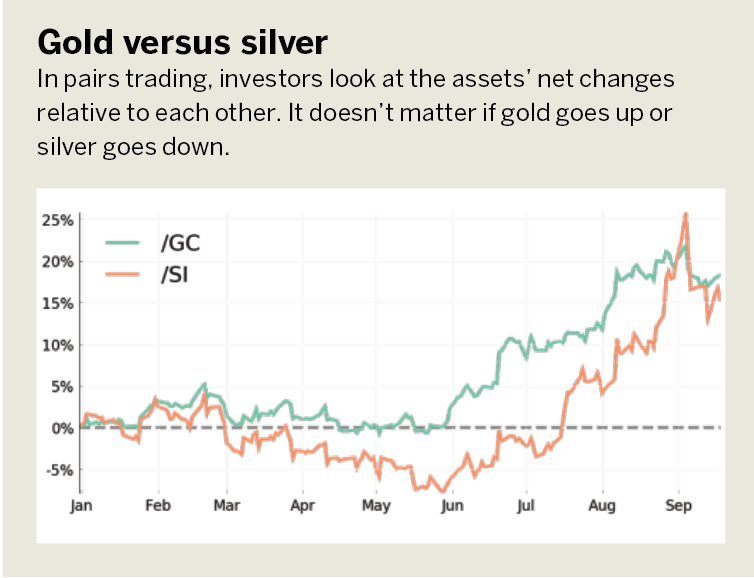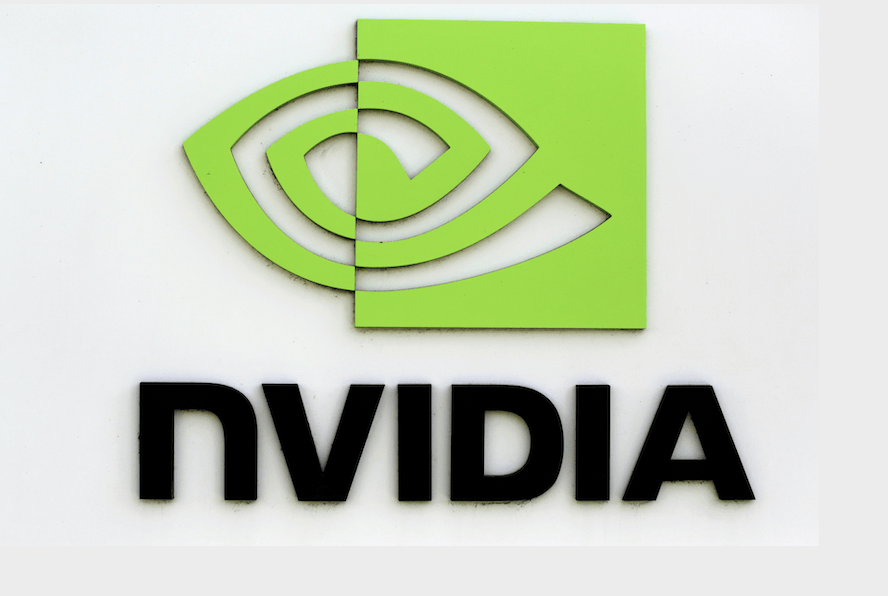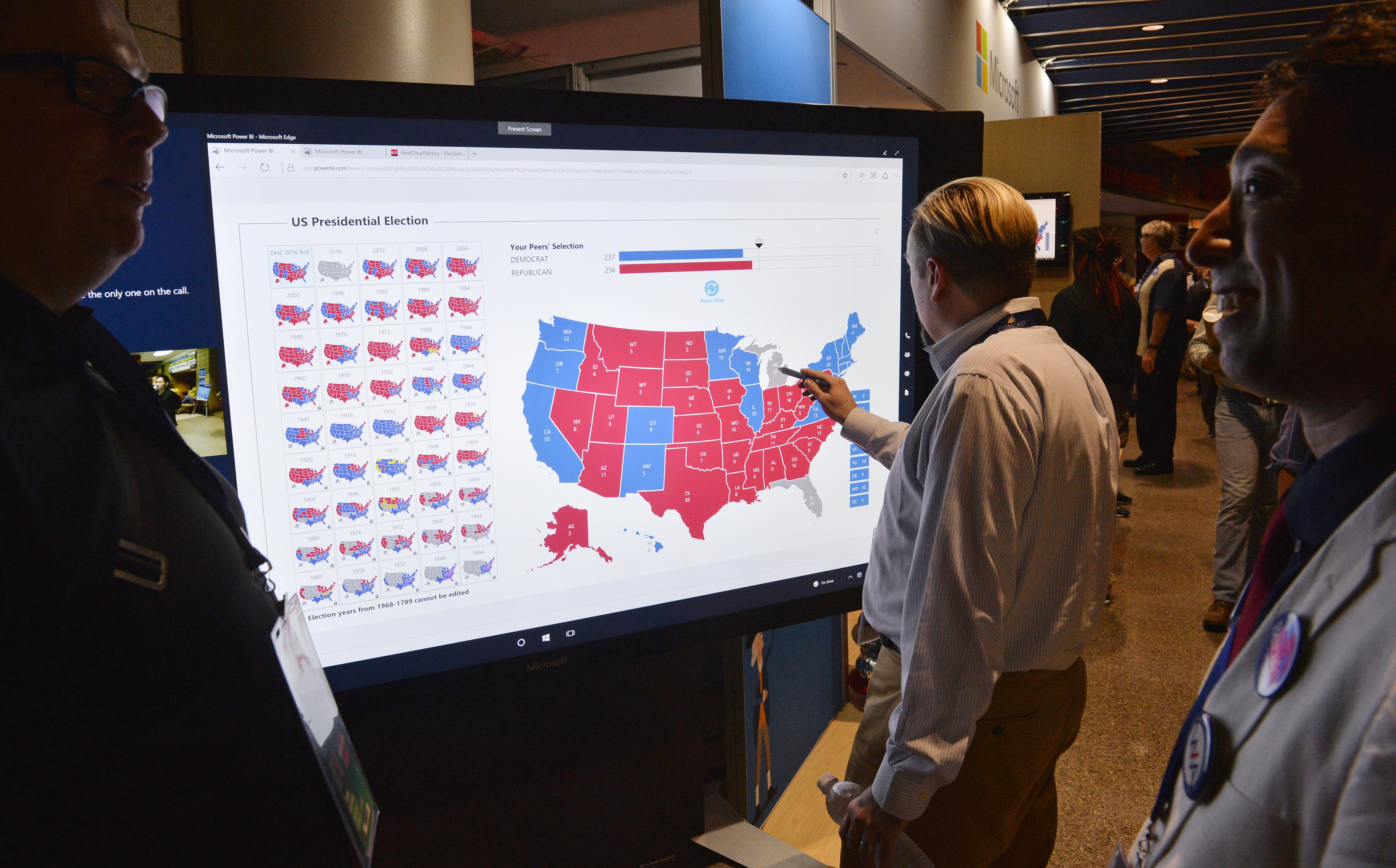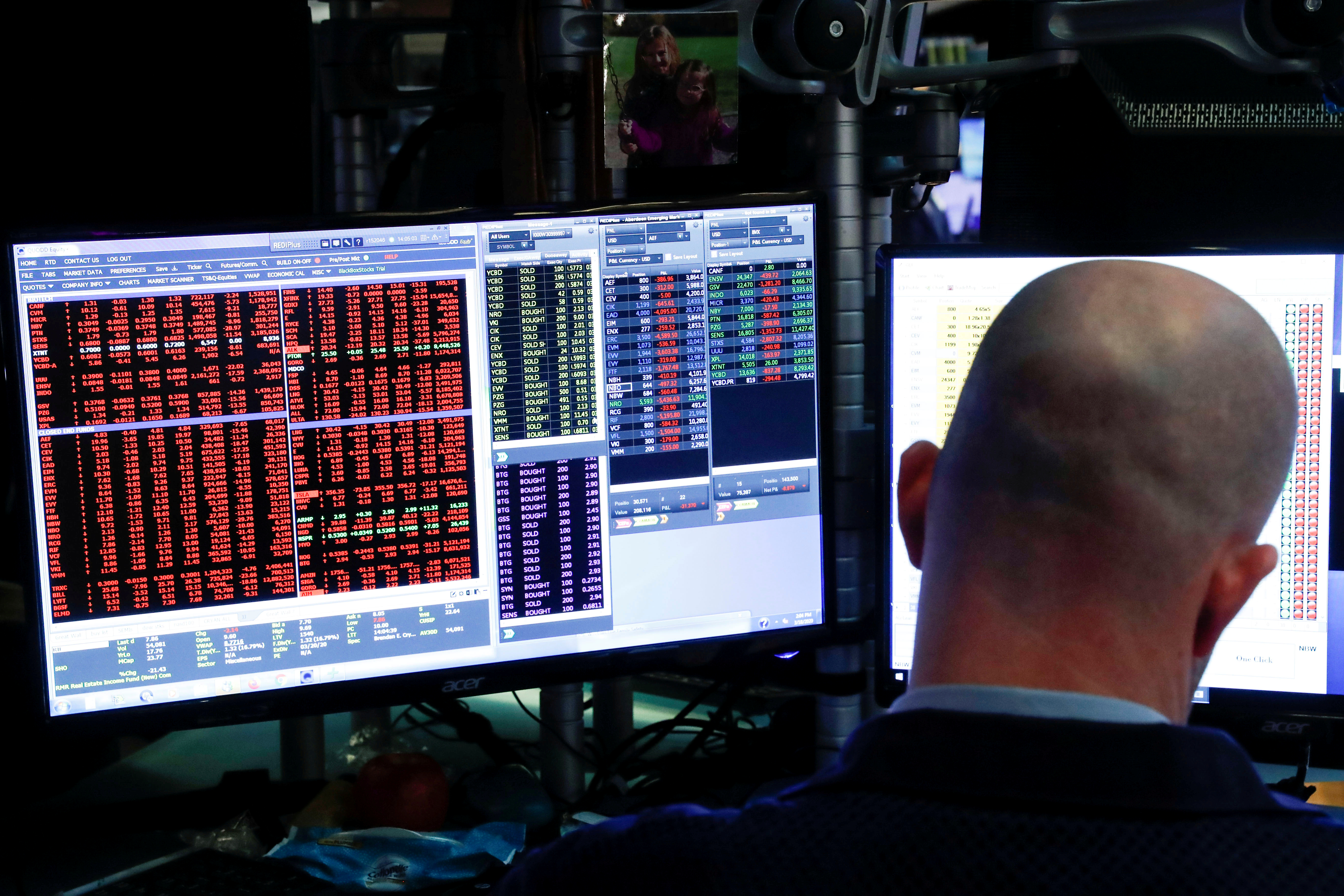Taking Futures to a New Level
Advanced uses of futures include scalping, pairs trading and delta hedging
Futures contracts offer retail traders some strategic advantages that aren’t available with stocks and exchange-traded funds (ETFs), including scalping, pairs trading and portfolio hedging.
Scalping may seem obvious, but futures scalping offers two advantages over scalping stocks or exchange-traded funds: tax efficiency and freedom from pattern day trading restrictions. Unlike stocks or ETFs, futures gains or losses are taxed at a generous 60/40 long-term/short-term tax system.
That means that no matter how long an investor holds the trade, the feds tax 40% of the profit/loss (P/L) for futures contracts at the standard income tax rate, but 60% of the P/L will be taxed at the much lower capital gains tax rate.
For example, if investors make $10,000 in profits from scalping an ETF, versus $10,000 in profits scalping /ES (futures contract), they pay less taxes on the /ES profits. Investors should consult a tax advisor about this saving because individual tax rates vary.
There’s also no pattern day trading restriction on futures or their options. That means if an account value is below $25,000, an investor can still trade futures and futures options as many times as they like throughout the day without worrying about getting locked out of the account.
The second futures strategy is called pairs trading, which enables traders to spread risk by buying one contract and selling another. That creates a trade that differs from just going long or short a single contract because the trader is involved in two different markets that are correlated but not identical in movement.
Why do that? Usually, traders enter into pairs trades if they think one asset is overbought relative to another positively correlated asset. That way, they reduce overall positional risk but express directional bias in two assets as opposed to just one.
Remember, the assets have to be correlated—but not perfectly. A correlation of 0.6 or higher would suffice. If the correlation is too weak, there’s no reason to believe the asset is overbought or oversold relative to the other because they have no statistical relationship.

Remember, in pairs trading, investors look at the assets’ net changes relative to each other. It doesn’t matter if gold goes up or silver goes down. Traders care if the percentage change in silver outpaces the percentage change in gold or vice versa. (See “Gold versus silver,” above).
The third strategy is delta hedging, or portfolio hedging. That’s a great use of futures because it enables investors to rebalance a portfolio’s directional exposure to the market without using a significant amount of capital.
Say an investor has a large portfolio with a beta-weighted delta to the Standard & Poor’s 500 Index (SPX) of +250. All that means is that on average, when the SPX moves up one point, the portfolio gains $250 in value, and when the SPX goes down one point, it loses $250 in value.
A recent example of a profitable pairs trade was selling gold and buying silver. The two assets have a correlation of around 0.75, and in the past few years gold has been rising significantly more than silver on a percentage basis. That led to an opportunity to sell gold and buy silver, thus expressing the bias that the ratio of gold price to silver price would go down.
But what if that type of volatility seems unsuitable? Or what if an investor wants greater volatility in a portfolio and feels +250 is too low? Or what if an investor doesn’t want to be net long the market and thinks the market is going down in the short term?
Well, with futures contracts, investors can efficiently and cheaply change the market exposure of the portfolio, while keeping everything else in the portfolio the same. For example, say an investor wants less volatility than the +250 exposure.
They can achieve that by going short a futures contract that has the S&P 500 as its underlying. The P/L of the futures position will offset the P/L from the portfolio’s market exposure.
The best part is that investors can track how much the futures contract reduces exposure. If one S&P 500 futures contract has a point multiplier of 50, that means each short contract reduces exposure by 50 deltas—it will go from +250 deltas to +200 deltas. If an investor has two contracts short, then it will go to +150, and so forth. To increase exposure to +300, the investor would go long one contract that would take it from +250 to +300.
A basic rule is that to reduce market exposure is to take the opposite position in the futures contract of the portfolio’s market exposure. To increase market exposure, take the same directional position in the futures contract as the portfolio’s exposure.
Anton Kulikov is a trader, data scientist and research analyst at tastytrade.





















